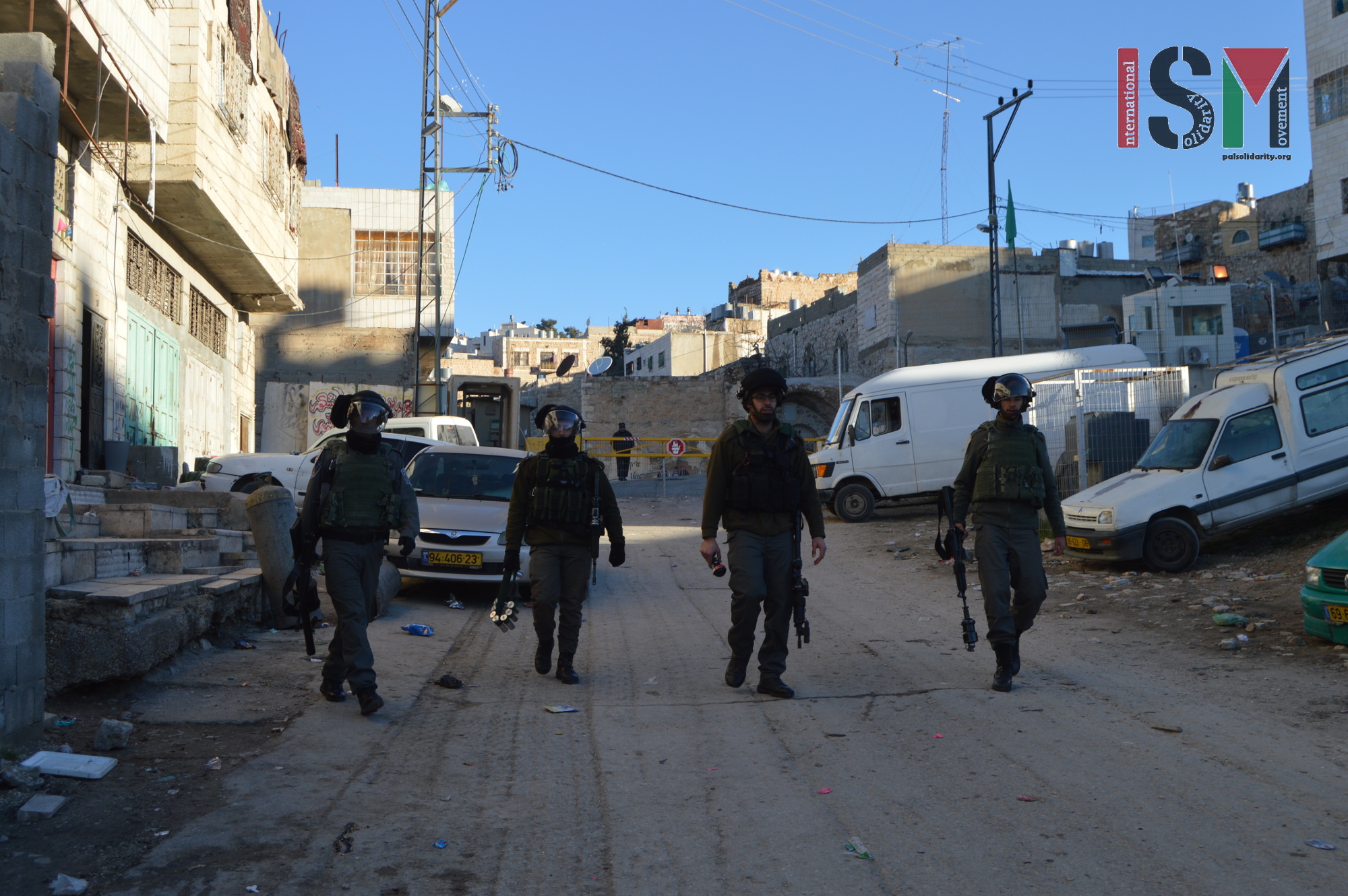Tag: Tear-Gas Canister
-

Daily violence on the way to school
31st January 2016 | International Solidarity Movement, al-Khalil team | Hebron, occupied Palestine On Sunday, 31st January 2016, Israeli forces fired large amounts of tear gas at school-children on their way to school in occupied al-Khalil (Hebron). In the early morning, as children were walking to their schools located past the Salaymeh checkpoint, three school-boys…
-

Illegal settlers violently take over two Palestinian houses near the Ibrahimi mosque in Hebron
21st January 2016 | International Solidarity Movement, Al-Khalil team | Hebron, occupied Palestine On 21st January 2016 Israeli settlers from the illegal settlements in occupied al-Khalil (Hebron) gathered in Shuhada Street. From here the settlers went into the Old City of Al-Khalil, where they broke into two houses on al-Sahla Street near the Ibrahimi mosque…
-

Israeli forces rebuild roadblock in Kafr Qaddum
16th January 2016 | International Solidarity Movement, Tulkarem team | Kafr Qaddum, occupied Palestine On the 16th of January, Israeli forces shot a young protester with live ammunition while the villagers of Kafr Qaddum were protesting the theft of their land. The Israeli military also rebuilt a roadblock, restricting the movement of the villagers even further.…
